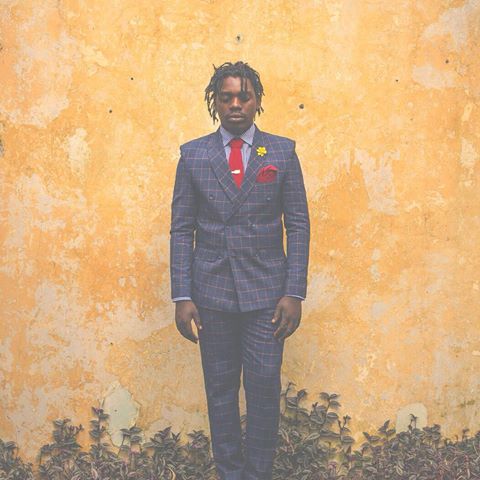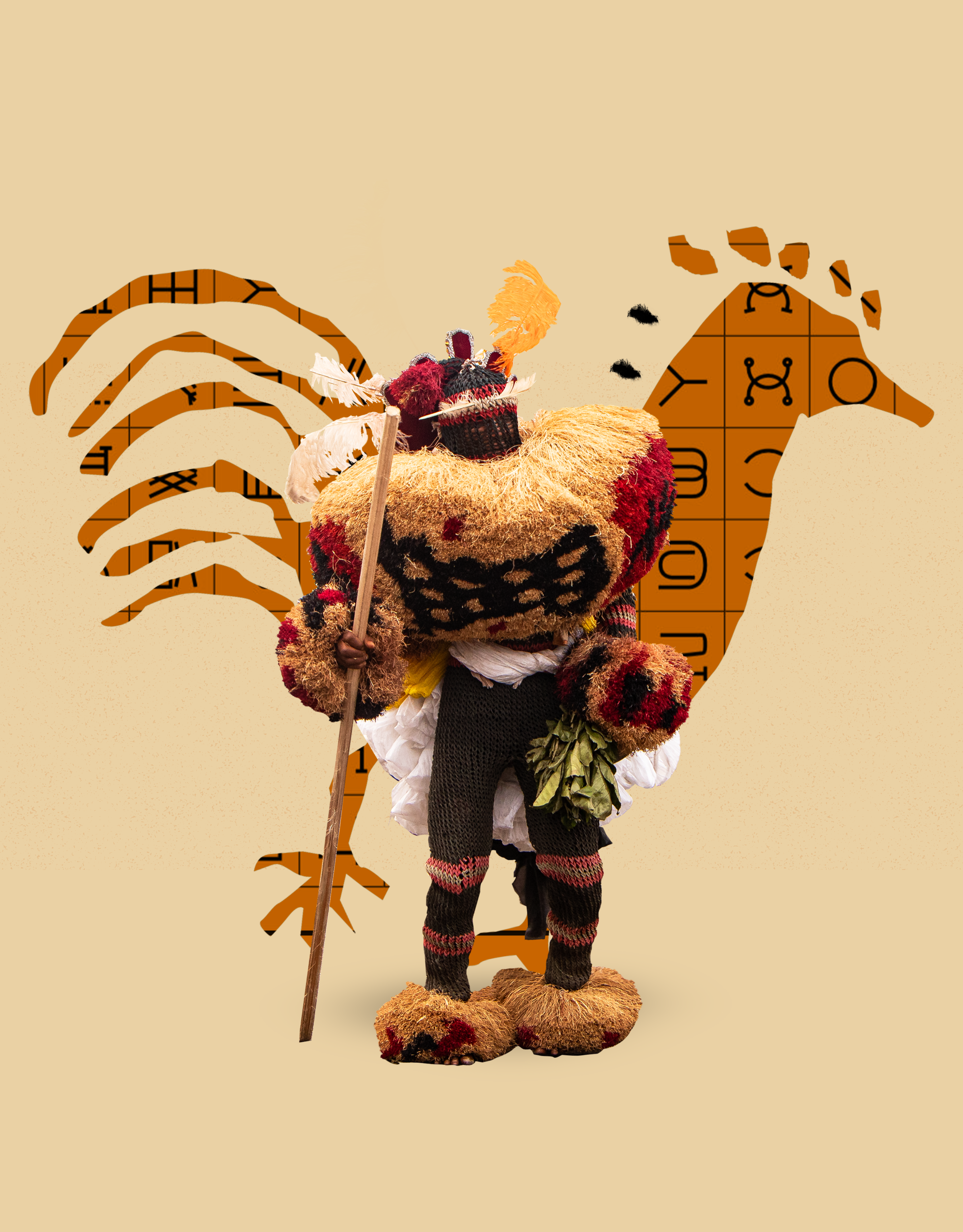Born in Kenya’s capital city Nairobi, raised in Kawangware, Kevin’s career as a fashion stylist was inspired by his dad’s occupation —a tie and dye printmaker. But that wasn’t all that inspired him; his dad’s way of dressing had also caught Kevin’s eye and heart.
A self-taught fashion stylist and creative director, Kevin is now taking his daring African couture meets vintage-urban styling skills from the East African region to rest of the world. His rich yet culturally determined set design and fashion approach is not only breaking borders and changing visual perception, but also compelling to hold attention.
“I chose to seriously pursue my occupation as a fashion stylist, set designer, and producer immediately after my clearance from High School,” Kevin says.
Right out of high school, determined, Kevin took the passion path despite the fact that he knew it would not be an easy journey. He was fully aware of what it would take to make a mark in the industry: “To be a fashion stylist and producer, it takes passion and total commitment to the journey. Then gradually you will accomplish much as you move towards your goals.”
Moving successfully forward with creative talent to be reckoned with, these days Kevin has earned a respectable name.
In particular, the eye-catching collaborative projects with photographer Osborne Macharia have made people curious. The talented duo’s intriguing storytelling editorials — real and imagined — of underground scenes of Kenya have received attention from scores of people around the world. A series of futuristic like narratives that “punctuate reality with dreams and horrors with beauty —telling the unseen side of Kenya.”
We recently caught up with Kevin, to talk about how he got his start, the significance of fashion in Africa, the challenges in the industry, and what fuels his creativity.

Why do you think fashion or imaging is important —do you think people care about fashion and/ images?
KEVIN: Fashion and imaging is an avenue to showcase and bring to life that which we cannot perceive just by words and actions. And yes, people do care about images. It is evident in how in the international community arts and creativity is a lucrative business.
Walk us through the process of preparing for a production set.
KEVIN: It entails a lot of tenants: first, I create a concept for the whole product, the concept will guide me to the props required, and the styling (if needed) in terms of the pieces, accessories and even color coordination. What follows after is sourcing for props, accessories, wardrobe, and in most cases scouting for talent. Then follows the execution.
You have a fascinating eye —where do you source items and/ fashion pieces?
KEVIN: My fashion items are sourced from potential designers, thrift shops and open-air markets. What the eye meets that fits my style and fashion sense is outsourced.
You recently collaborated on a number of eye-catching —audacious and funky— projects. What inspired some of those unreserved concepts?
KEVIN: The projects are narratives from real life experiences, encounters and occurrences. That is what inspires the concept(s). What I do is try to bring a twist in each of them, and that’s where the aspect of fictions comes in.
 How about the “MACICIO SPECTACLES” series?
How about the “MACICIO SPECTACLES” series?
KEVIN: The MACICIO spectacle series was a fictional story of the “historical Mau Mau fighters” of Kenya who were part of the revolution for independence. I specially curated the spectacles to bring out the individual characteristics in accordance with the story line.
You have an interesting “Homeware” series where you use bodies as props. What’s the message behind that?
KEVIN: The HOMEWARE series was a concept for a potential client. The creative formation is all about appreciating art together with the daily items that we are used to but just in a fashionable way.
Your collection is rich yet rusty yet gracefully funky —in a way dramatic also. What inspires your approach?
KEVIN: My approach is based on the objective of showing the world what Africa has in store in the creative arts industry as well as the fashion industry. I’m inspired to be a point of reference to (many) young and up-and-coming creatives who lack the same opportunities I needed but didn’t have for my creative growth.
How does the aesthetics of your environment influence your creativity?
KEVIN: The aesthetics of one’s environment will always determine their behavior and attitudes. For me that is how my environment helps me define my creativity. It influences how I view everything.
Is your on-set styling reflective of your own lifestyle/ your personal style?
KEVIN: My on-set styling is not necessarily a reflection of my own person style. It all depends on the concept and most of my works are inclined towards a futuristic perspective, so it’s not what you would find me wearing on a day-to- day basis. Some aspects of my styling are to sell art, and creativity towards different ideas.
What are you trying to communicate to the world through your creativity —anything?
KEVIN: Through my creativity, I hope the world can develop a third eye towards identifying creativity, arts, and individual identities. And embrace and respect more of what the arts and fashion industry has to offer.
All images courtesy of Kevin Abraham.



















